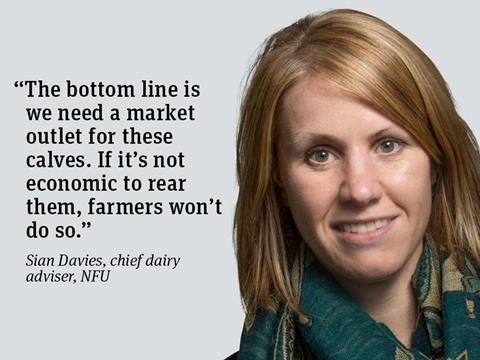
Despite recent media reports, the fate of dairy bull calves is not a secret, it’s actually a key focus area within the industry-led Dairy Cattle Welfare Strategy. We’ve agreed three target areas: we want to increase the percentage of dairy bull calves utilised in the UK food chain, reduce the number of calves exported and reduce the number euthanised at birth.
No dairy farmer wants to dispose of calves at birth. Farmers don’t breed and feed their cows, and manage them through calving, to then dispose of that calf at birth. The truth is in many cases there is no market for that male animal - either due to retailer spec or consumer preference.
The majority (81% at the last count) of dairy bull calves are reared until they’re over a year old and then enter the beef supply chain. Indeed, half the beef produced in the UK originates from the dairy herd. There are a number of examples of how the supply chain is trying to develop markets for dairy bull calves. Several retailers have schemes that match calves from dairy farms with calf rearers who then rear groups of calves of the same age together.
Another option is veal. A high-profile campaign by NGOs in the 1980s led to many consumers turning off veal. The UK industry then developed the high-welfare rose veal scheme. A few retailers sell British veal, but consumers remember those pictures of old.
To reduce the amount of bull calves born, more and more farmers are using sexed semen - ensuring they produce enough female dairy replacements and crossing with beef to ensure a higher-value calf. Sexed semen usage will continue to rise as confidence in the technology grows, more semen is sexed, and the cost premium over unsexed semen reduces.
As for live exports, the number of calves exported live reduced from 80,700 in 2006 to less than 2,000 in 2014. This is less than 0.5% of dairy calves born in the UK. Live exporting is a legitimate and legal practice that our competitors outside the UK are allowed to practice.
On euthanising, meanwhile, there’s no accurate data on the number of calves disposed of at birth. The latest estimates from the RSPCA and others claim that 19% of dairy bull calves are killed at birth, but no questions are asked as to why. The majority of dairy farms are not set up to rear dairy bull calves and have limited capacity to do so. When movements and sales of animals are restricted by TB rules the situation gets even tougher. The marketing options for TB-restricted calves are limited. Calf buying groups have made a difference, but they can only deal with limited numbers.
There has been substantial progress over the years by farmers, milk buyers, retailers and calf rearers to ensure more calves are utilised in the food chain. But we’re not complacent - more economically acceptable options are needed. The bottom line is that we need a market outlet for these calves: if it’s not economic to rear them, farmers won’t. So as a supply chain let’s work on solutions rather than playing the blame game. Ultimately the answer lies with consumers in the purchasing decisions they make.
Siân Davies is chief dairy adviser at the NFU







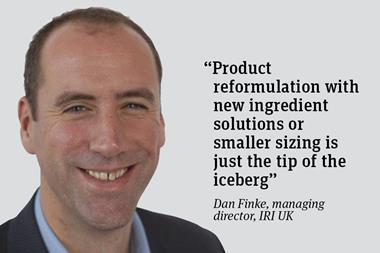
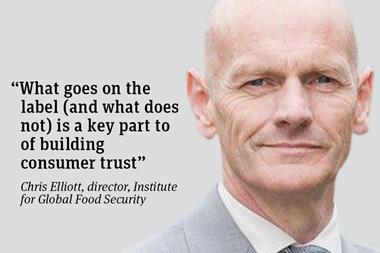
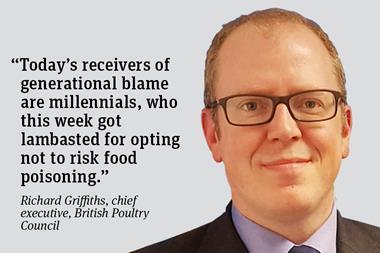
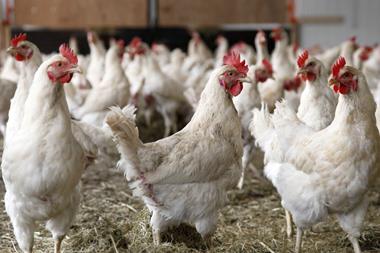

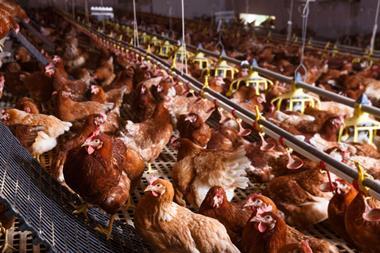


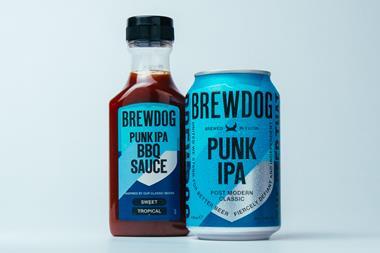

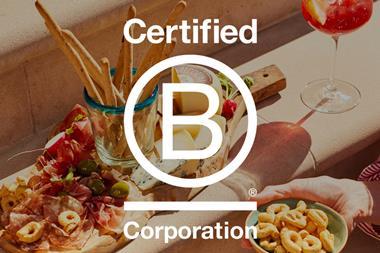

No comments yet